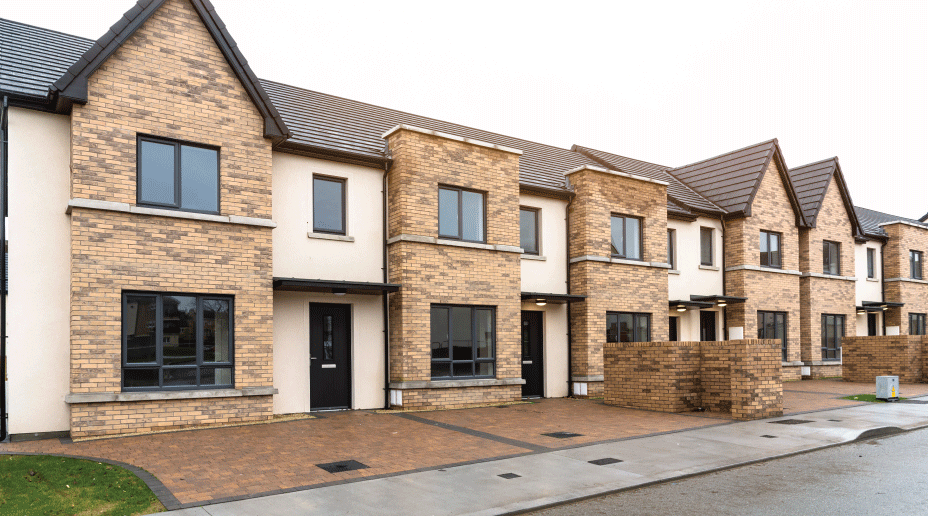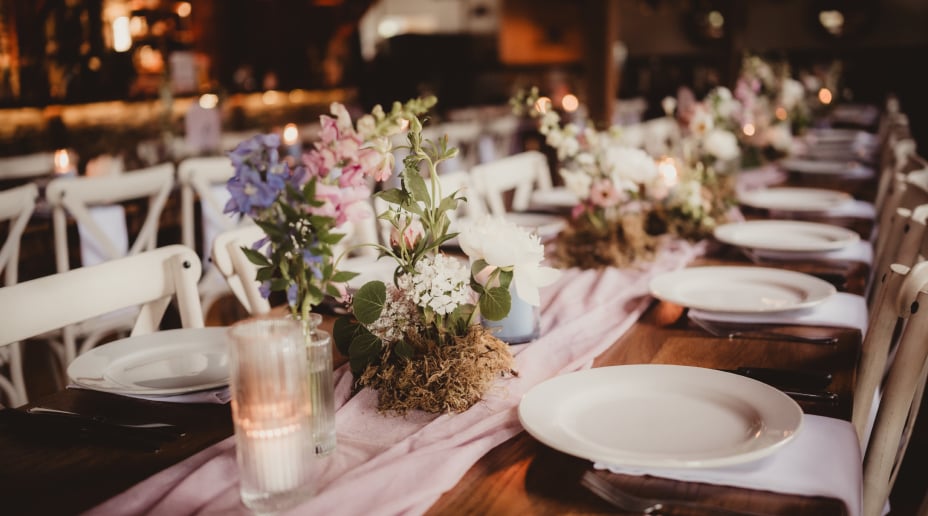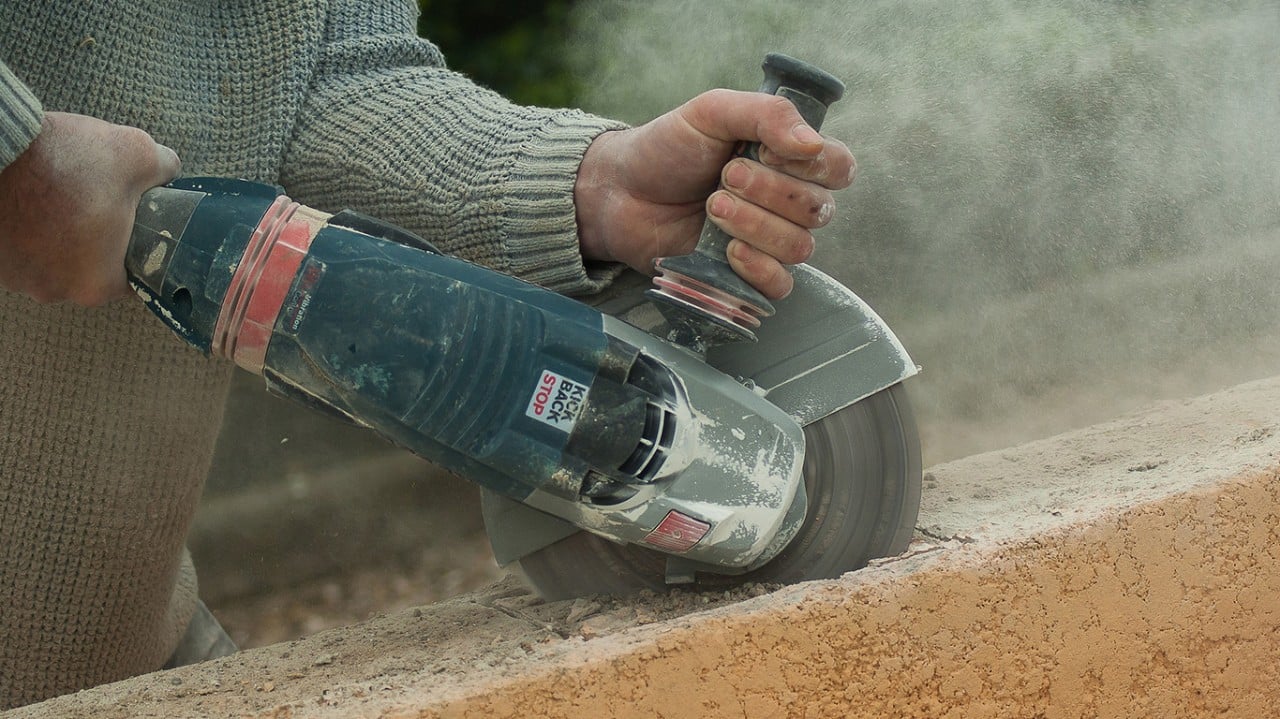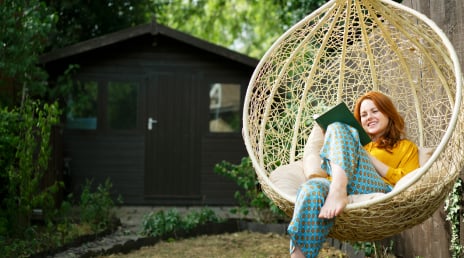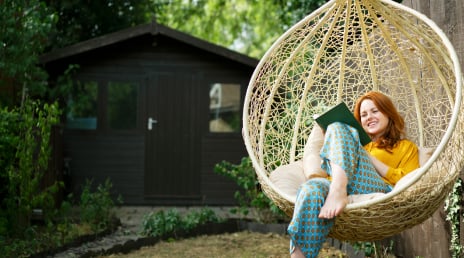Published 7 July 2025
When was my house built?
Published 7 July 2025
When selecting the right home insurance policy for you, it helps to know when your house was built...
- Why do home insurers need to know the age of your property?
- Where can I find out when my house was built?
- What do I need to look for to estimate the age of your house?
Does it matter how old my house is?
In short, yes, it’s helpful to have an idea about when your house was built when you come to insuring your home. Insurers ask you for this information because the age of your property might change the amount you pay for your annual premium.
- Older builds are likely to have been built using different materials than what we use now, meaning the cost of repairing the building could be higher. This is because the repair may need specialist techniques and materials which could be harder to come by.
- Sometimes owning an older home can actually work in your favour. A Georgian or Victorian-era house is less likely to be built on a floodplain, as there was less competition for space back then. ‘New-builds’ on the other hand, are more pressed for space, so often end up getting built on less desirable land, prone to floods. In this case, a newer home may cost more to insure than an older one.
Find out more about how your home premium is calculated.
How can I find out when my house was built?
If you own the property, you should be able to find this information in your property’s ‘title register’, or property ‘deed’ as it’s more commonly known. This ‘deed’ is your proof of ownership of the property, but also tells you which year the first owner bought it off developers.
If you don’t own the property or you can’t find the title deeds, you might want to contact HM Land Registry. This is the national register for most owned land in England and Wales (Scotland and Northern Ireland have their own land register). All you need to know is the property’s address and they’ll take it from there.
It’s not always possible to find out the exact date your property was built, especially if it’s a particularly old house. The records might be patchy if the building is older than 50 years, but you’ll be able to find out the first time the property was sold, which is a good place to start.
How do I estimate the age of my house?
When trying to work out the age of your house, there are a few tell-tale signs and features to look out for that might give you an idea of the time period.
-
Tudor (1480-1603)
-
Jacobean / Stuart (1603-1714)
-
Georgian (1714-1830)
-
Victorian (1830-1901)
-
Queen Anne (1880-1900)
-
Edwardian (1901-1914)
-
Addison homes (1916-1920)
-
30s Semi (1920-1939)
-
Airey/BISF houses (1940s)
-
Modernism (1950s-60s)
-
70s/80s Terrace/Semi (1970s-80s)
-
90s new builds (1990s)
-
Minimalistic (2000s-present)
Key features of houses from this period are:
- Thatched rooves.
- Roofs with tiles that have a steep slope.
- A distinctive black and white front.
- Exposed wooden frames.
- Generally smaller windows (as glass was very expensive).
Key features of houses from this period are:
- Made of stone.
- Plenty of symmetry.
- Big rooms with high ceilings.
- Grand wooden staircases.
- Sash windows in some houses - this is a type of window that opens and closes by sliding two panels.
- Furniture that looks like it was designed for comfort
Key features of houses from this period are:
- Designed with symmetry.
- Spacious rooms with high ceilings.
- Lots of sash windows.
- Mostly terraced townhouses.
- Gently sloping roofs.
- Normally made of brick.
Key features of houses from this period are:
- More intricate designs - this is down to the growing wealth in the middle classes at that time.
- Gothic style influenced by Medieval churches.
- Large bay windows.
- High ceilings.
- Tiled floors (usually in the hallway and entrance).
Key features of houses from this period are:
- Decorative ‘gingerbread house’ look.
- Asymmetrical exterior with turrets.
- Wrap around porches.
- Oriel windows - a type of bay window which doesn’t reach to the ground.
- Oculus (small circular) windows.Ground stone steps leading to a wide door and porch.
Key features of houses from this period are:
- Plenty of light.
- Delicate ornamental decoration.
- Skirting boards, cornices and ceiling roses.
- Colourful patterned tiles around a cast iron fireplace.
- Big gardens.
- French doors leading to the garden.
Key features of houses from this period are:
- Usually in suburbs with avenues, crescents and cul-de-sacs.
- Front and back gardens (many of these are now converted to driveways).
- Red bricked or pebbledash walls.
Key features of houses from this period are:
- Wide bay windows upstairs and downstairs.
- Red brick which is generally covered up.
- Gradual sloped roof.
- Very spacious with a good-sized garden.
Key features of houses from this period are:
- Built for function.
- Steel construction surrounded by concrete.
- Small windows.
- No porch, but a small canopy over the doorway.
- Made with asbestos - don’t go under floors or into external walls as this is dangerous.
Key features of houses from this period are:
- Council houses: generally boxy and arranged in straight lines.
- Non-council houses: more innovative with skylines.
- Simple, economic designs, materials and construction.
- Built with concrete and two load bearing walls.
- Wide windows with large open panes for ventilation.
- Concrete roof tiles on most houses.
Key features of houses from this period are:
- Similar features to modernism.
- Plain outer walls with big windows.
- Slightly sloping roofs.
- Coloured bathrooms with sapele doors (dark wood finish to give a natural look).
- Streamlined kitchens with brightly coloured Formica tops (made from a durable laminate material).
- Insulation.
Key features of houses from this period are:
- More simplistic look following the 70s/80s use of colour.
- Light wood interiors.
- Wall-to-wall carpeting.
- White kitchen, often with ‘Hunter Green’ accents.
- Low ceilings to preserve energy and reduce echoing.
- Clay-tiled roofs.
Key features of houses from this period are:
- Simpler designs.
- Lots of insulation with double or triple glazed windows.
- Return of the colour black.
- Lots of glass.
- Introduction of solar panels onto roofs.
- Generally built on ‘second-class’ land, or land that is good agricultural land, but can’t be used to grow crops for various reasons.
So, when it comes to your home, age really does matter - make sure you provide the correct information to your insurer when you set up your home insurance.
Giving incorrect information about the age of the property could affect your premium, or your insurer’s ability to pay out on a claim. No one wants to find out they’re not insured because they provided the wrong details, so follow our tips on finding out your property’s age and don’t get caught out!
Check out Allianz Online Home Insurance to make sure you’ve got the right cover for your house.








